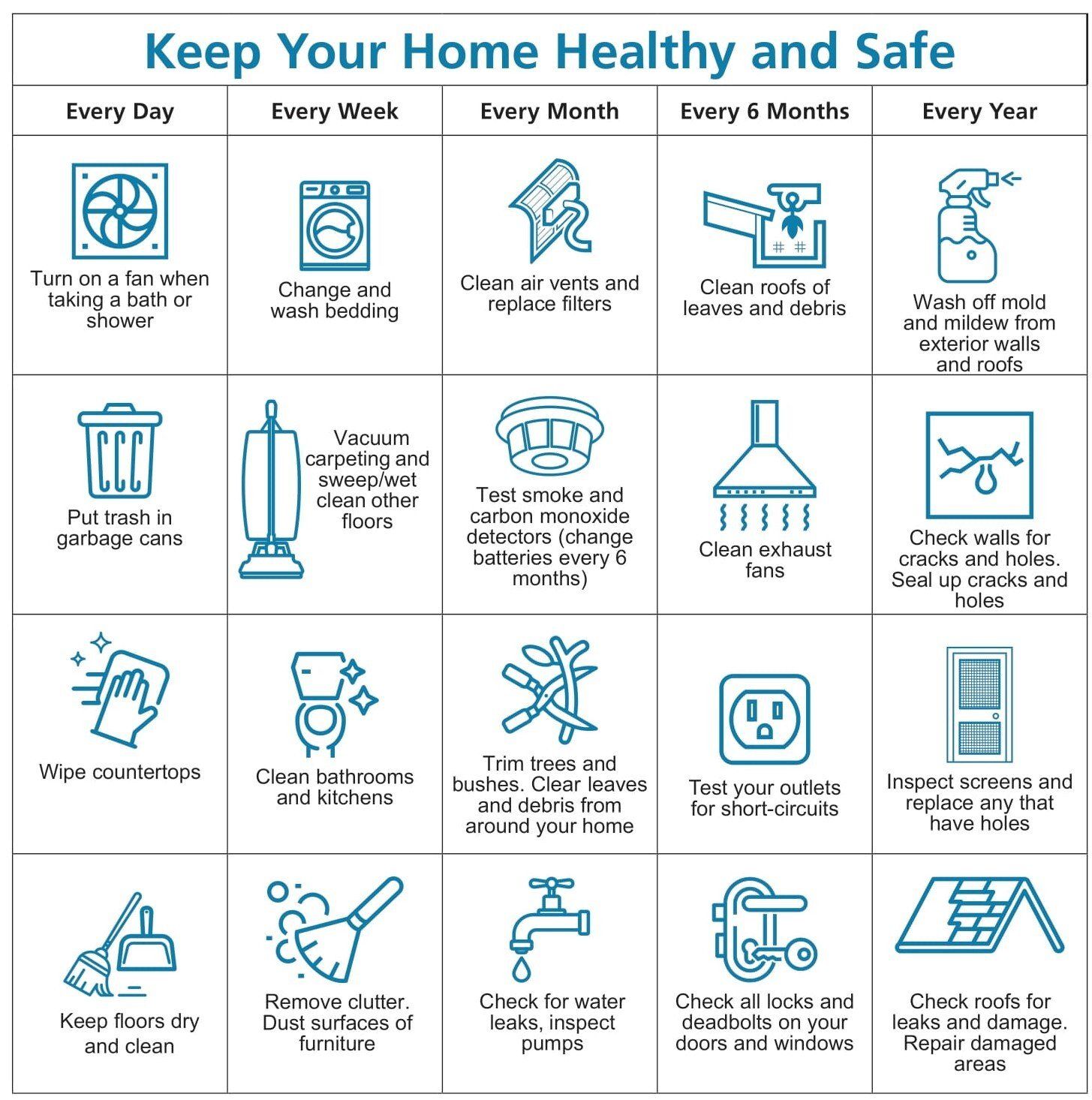Principles of a Healthy Home
We all spend a lot of time indoors. Certain conditions in the home, like mold or lead paint, can take a toll on the health of your family and your wallet. Unhealthy conditions in our homes may result in lost school or works days and increased doctor’s visits or trips to the emergency room. The good news is that you can make your home a healthier and more energy efficient place by following the Eight Principles of a Healthy Home.
Keep It
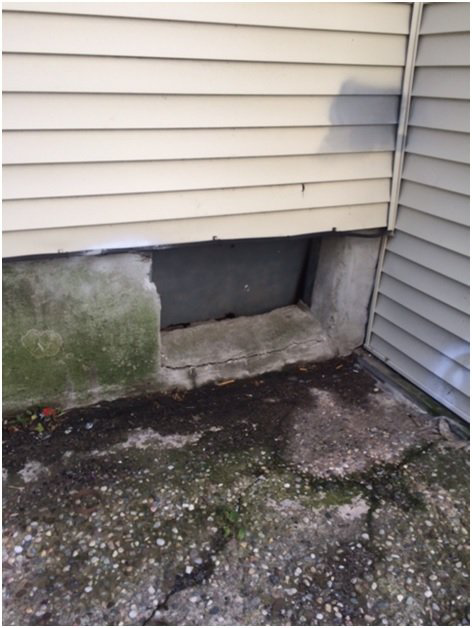
Dry
Moist environments can lead to the growth of mold in your home. Not only is mold ugly to look at, but it can cause and worsen health problems, including allergies and asthma. Take these steps to keep a dry home:
- Prevent water from entering your home through leaks in your roof;
- Prevent rain water from entering your home due to poorly managed drainage around the outside of the home;
- Regularly check your interior plumbing for any leaking.
Learn more about mold and moisture in your home and specific steps you can take to address it.
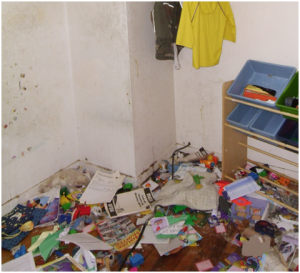
Clean
Dirty environments can attract pests, like mice, cockroaches, and dust mites. Dust mites, pest droppings/urine, and pet hair can all exacerbate respiratory problems like asthma. Take these steps to keep your home clean:
- Control the source of dust and contaminants;
- Create smooth cleanable surfaces;
- Reduce clutter;
- Use effective wet-cleaning methods
- Not all cleaning methods are equal. Many household cleaners are toxic and emit harmful VOCs (volatile organic compounds) which worsen asthma and have many short and long term health effects.
Click here to learn more about pests, including specific steps you can take to address these hazards and keep a clean home. Link to Pests. Learn more about VOCs, including specific steps you can take to address these hazards and keep a clean home.
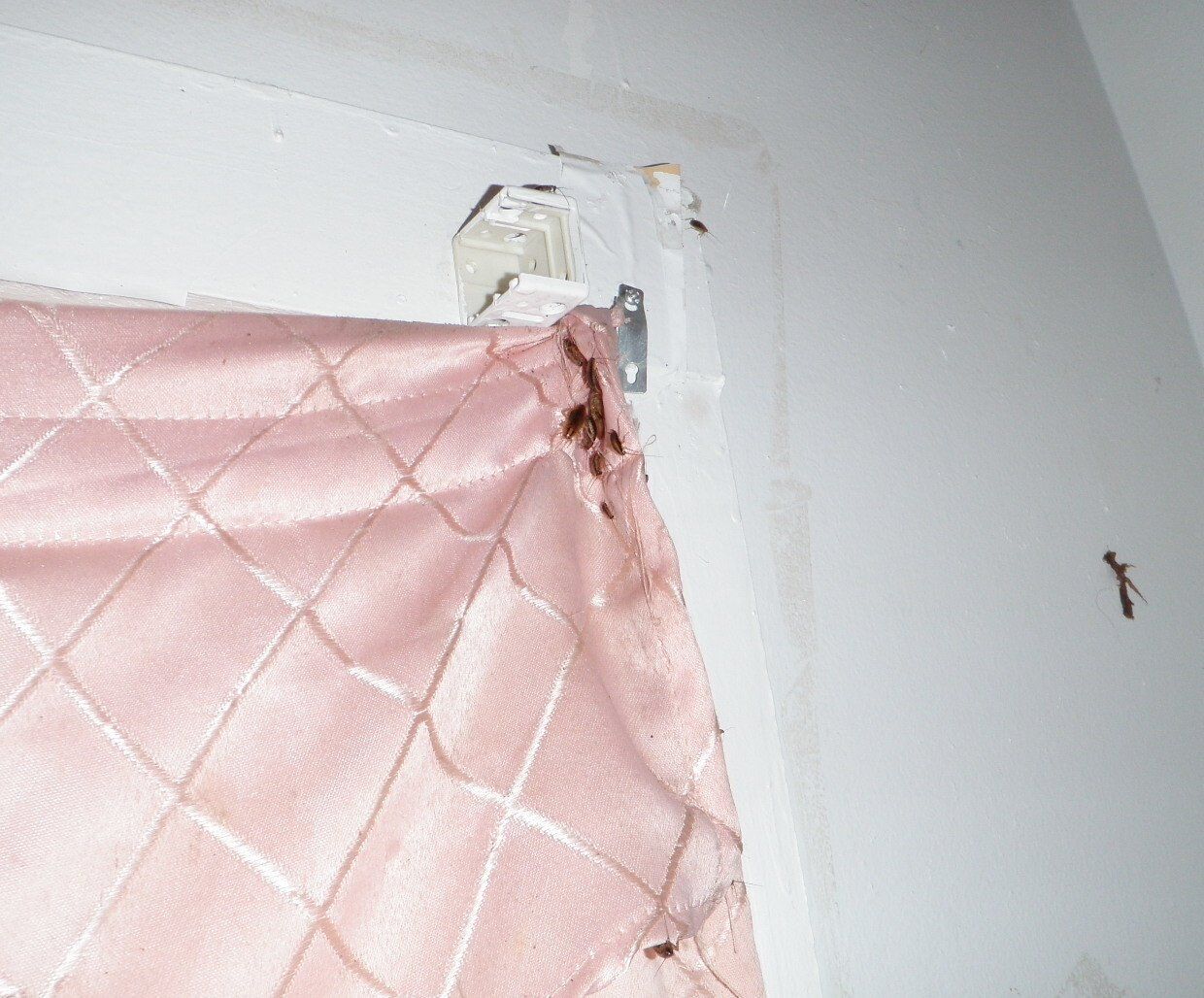
Pest-Free
Not only are common pests like mice and cockroaches annoying, but they can be hazardous to you and your family’s health. Pests can carry infectious diseases, and pest droppings and urine can actually exacerbate conditions like asthma. Many of the chemicals we use to control pests can contaminate our air and worsen allergies and asthma. Additionally, many of these chemicals aren’t even very effective! Take these steps to keep your home pest free:
- All pests look for food, water, and shelter;
- Seal cracks and openings throughout the home;
- Store food in pest-resistant containers;
- If needed, use sticky-traps and baits in closed containers, along with less toxic pesticides such as boric acid powder.
Learn how to make your home pest free with Integrated Pest Management (IPM).
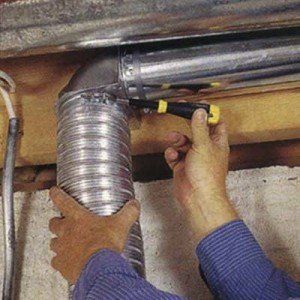
Ventilated
Proper ventilation in your home can reduce indoor air pollution including hazards like moisture, environmental tobacco smoke, particulate matter, allergens, mold, VOCs (volatile organic compounds), carbon monoxide, and formaldehyde. Take these steps to keep your home well-ventilated:
- Ventilate bathroom and kitchens;
- Use whole house ventilation for supplying fresh air to reduce the concentration of contaminants in the home.
Learn more about: Mold & Moisture, Carbon Monoxide, Tobacco Smoke, VOCs.
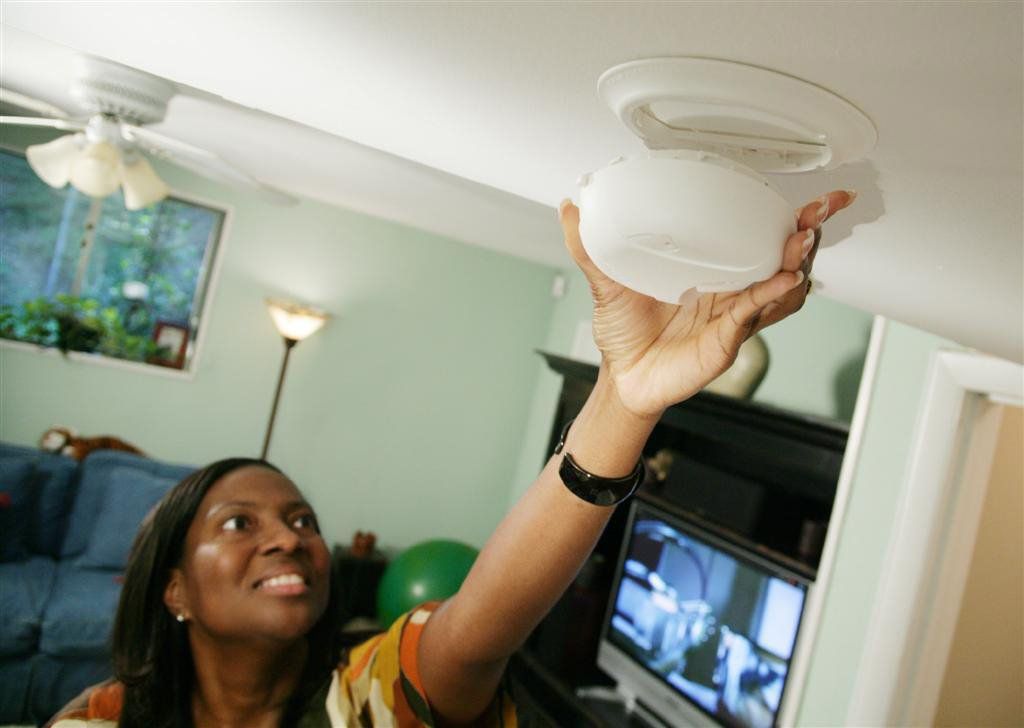
Safe
There are many ways you can be injured in your own home ranging from falls, poisoning, fires and burns, and more. Many home injuries are preventable. Take these steps to make your home safe:
- Store poisons out of reach of children and property label;
- Secure loose rugs;
- Keep children’s play areas free from hard or sharp surfaces;
- Install smoke and carbon monoxide detectors and keep fire extinguishers on hand.
Learn more about reducing safety hazards in your home. You can also learn more about Carbon Monoxide or Fire.
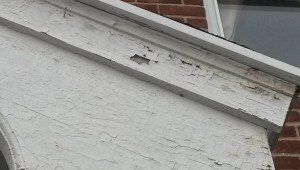
Contaminant-Free
Chemical exposures include lead, radon, pesticides, volatile organic compounds, and environmental tobacco smoke. Exposures to asbestos particles, radon gas, carbon monoxide, and second-hand smoke are far higher indoors than outside. Take these steps to make your home free of contaminants:
- Reduce lead-related hazards in pre-1978 homes by fixing deteriorated paint and keeping floor and window areas clean using a wet-cleaning approach;
- Test your home for radon, a naturally occurring dangerous gas that enters home through soil, crawlspaces, and foundation cracks;
- Install a radon removal system if levels above the EPA action-level are detected.
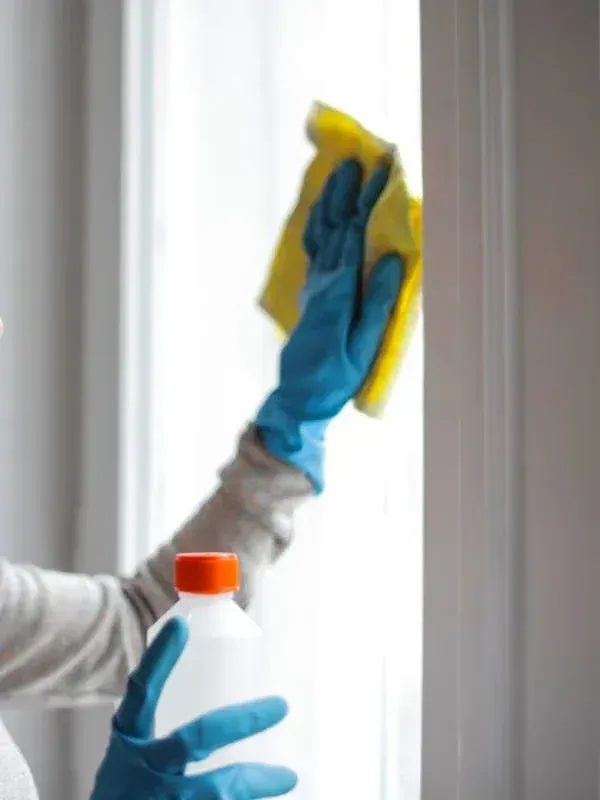
Maintained
Poorly-maintained homes are at risk for moisture and pest problems. Deteriorated lead-based paint in older housing is the primary cause of lead poisoning, which affects some 240,000 US children. Take these steps to keep your home well-maintained:
- Inspect, clean, and repair your home routinely;
- Take care of minor repairs and problems before they become large repairs and problems.
Learn more about maintenance to keep your home healthy.
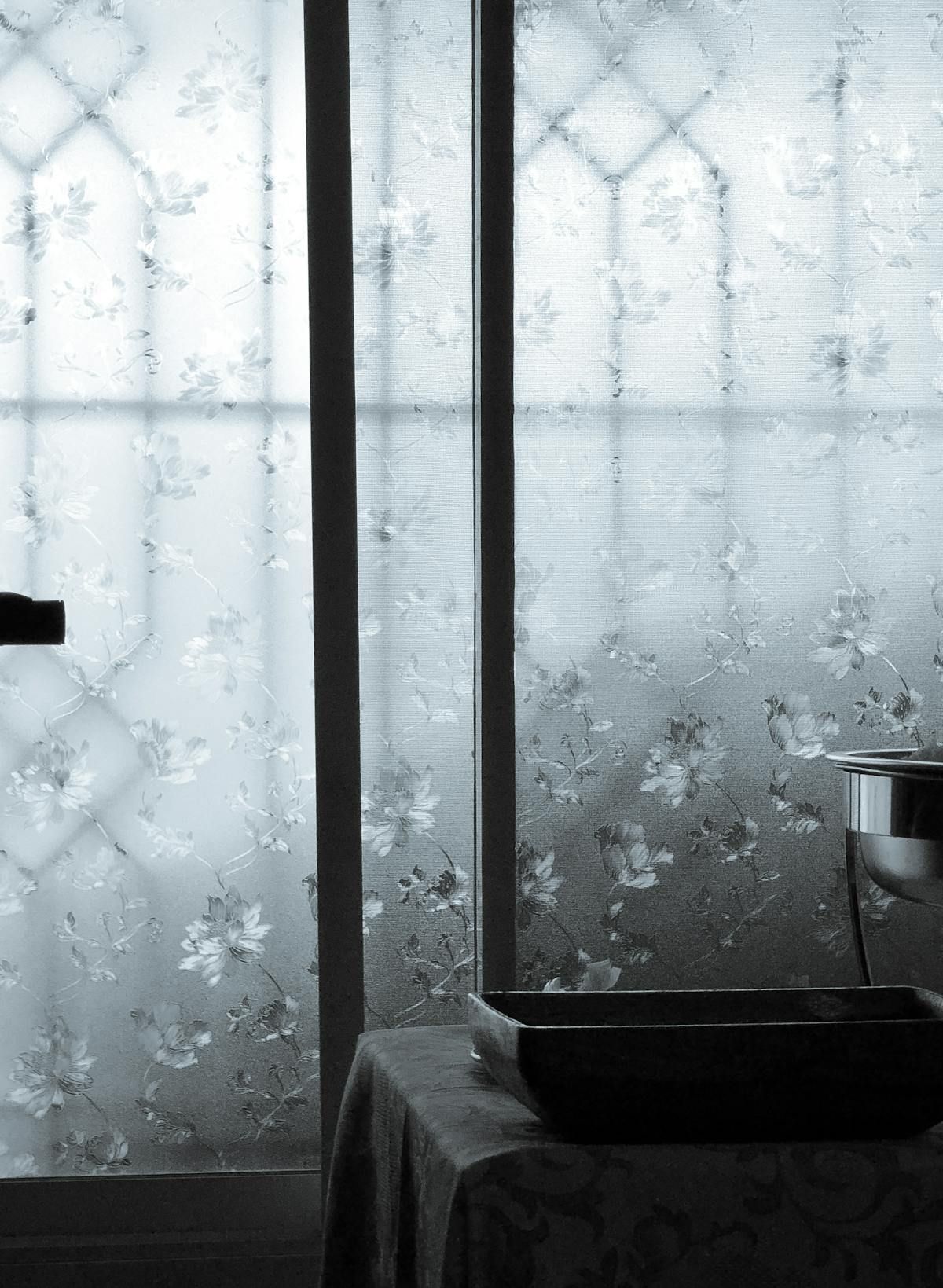
Thermally controlled
Extreme temperatures can be especially harmful to older adults, young children, and people with conditions like diabetes, heart disease, or asthma.
To improve temperature control:
- Install efficient, safe heating and cooling systems to keep your home dry, ventilated, and pest-free.
- Weatherproof to retain indoor temperatures year-round.
- With rising heatwaves, consider adding air conditioning or cooling options to reduce heat-related health risks.
Landlords are legally required to provide adequate heat during colder months.
Learn more:
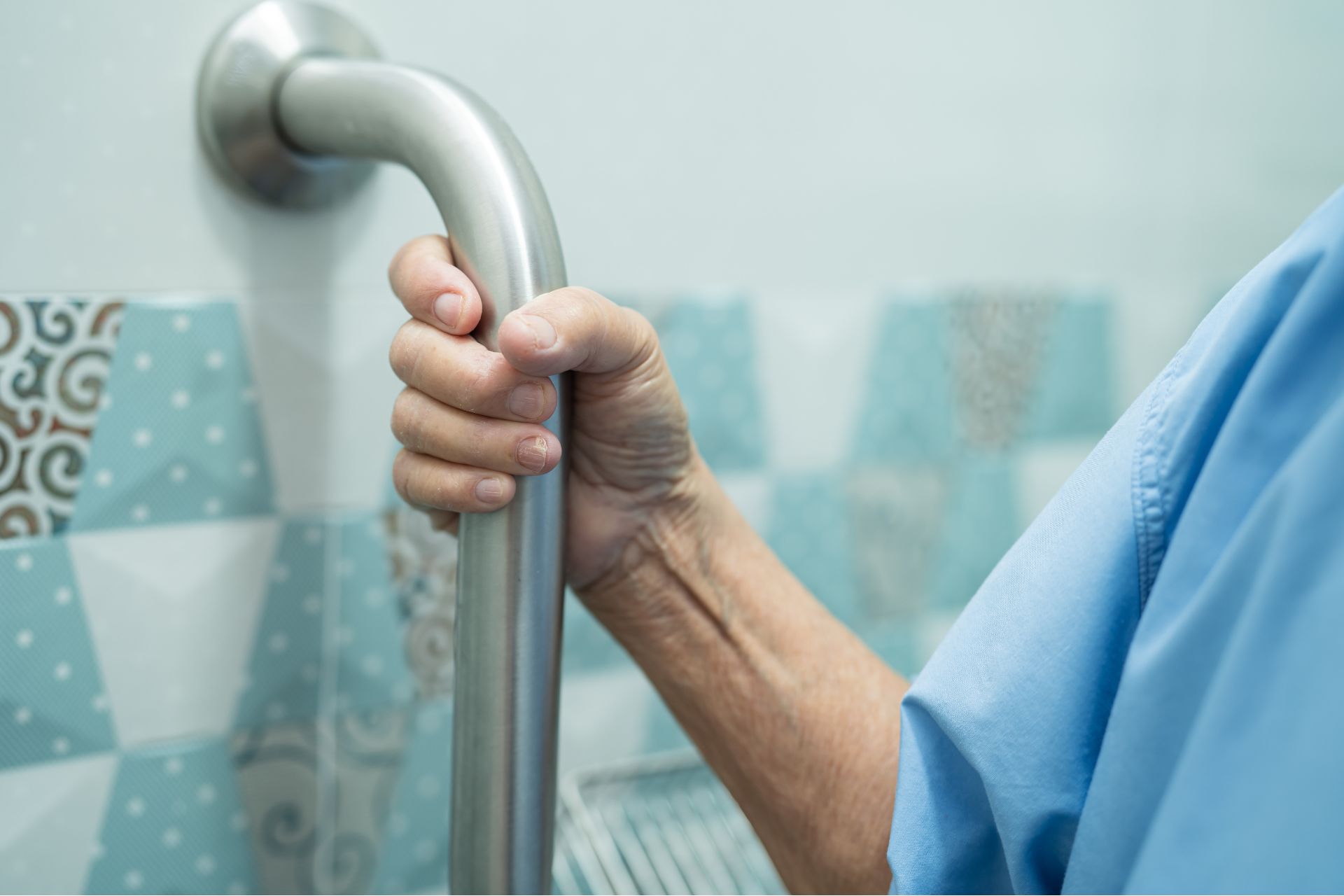
Accessible
Homes should meet the needs of people of all ages and abilities.
To make your space safer and easier to navigate:
- Add ramps, grab bars, and wide doorways to improve mobility and reduce falls.
- Use non-slip mats or secure rugs, and choose flooring with good traction.
- Install bright LED lighting, especially in hallways and stairs. Motion-sensor lights can help at night.
Landlords are required by law to make reasonable changes so tenants with disabilities or health conditions can safely use and enjoy their homes.
Learn more:

Affordable
When housing costs are too high, families may face instability, overcrowded conditions, or even homelessness. Rental property owners can support stable, healthy housing by learning about available rental assistance options.
These efforts:
- Help tenants stay safely housed
- Ensure steady rental income
- Strengthen communities over time
Landlords are legally prohibited from denying housing based on a tenant’s use of rental assistance.
Learn more:
- HomeBase for Renters
- Federal and state voucher programs
- Rental Assistance: Housing Vouchers
- Public Housing Assistance Programs
- Emergency Housing Assistance Programs
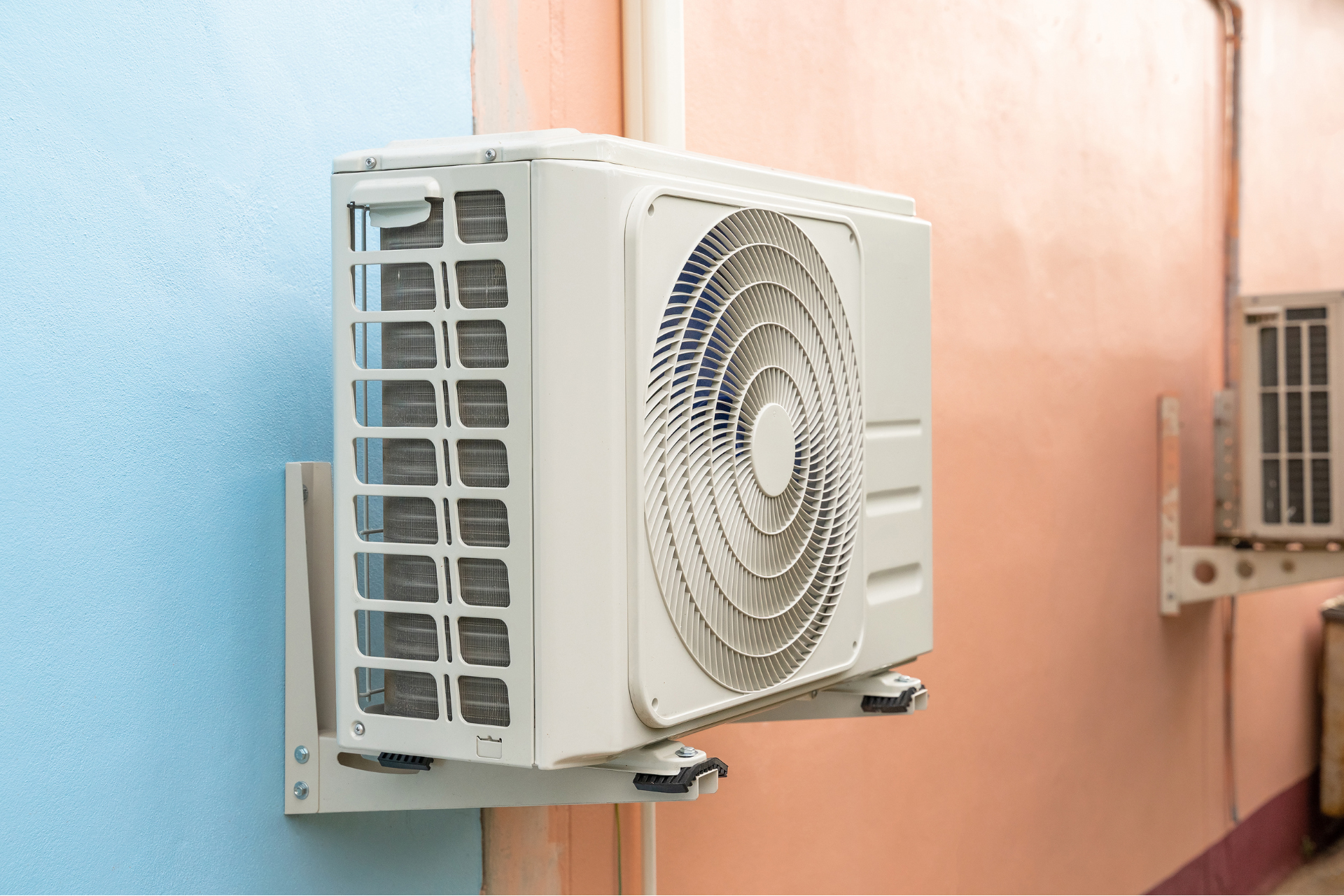
Climate Resilient
Climate change threatens the basics of a healthy home—keeping it dry, safe, ventilated, and comfortable. Heat, humidity, poor air quality, flooding, and storms can lead to mold, pests, lead exposure, and structural damage.
Building climate resilience means preparing homes for these risks. Consider:
- Flood/fire-resistant materials
- Elevating structures or utilities
- Upgrading to energy-efficient, smart HVAC and electrical systems
These upgrades protect health, save money, and keep homes safe through extreme weather.
Learn more:
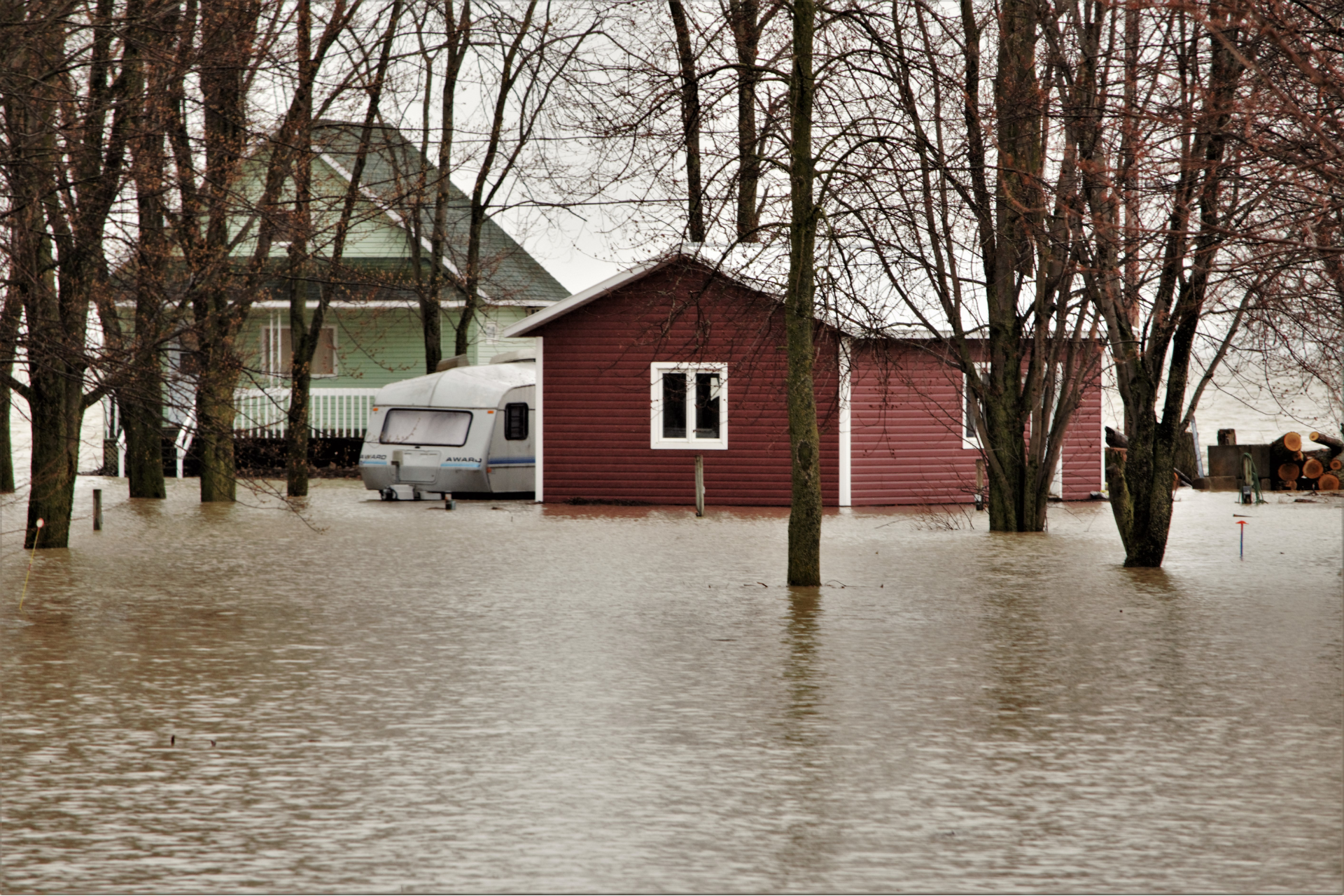
Prepared for Emergencies
Emergencies—like pandemics, wildfires, or floods—are becoming more common. Property owners can:
- Plan for situations like extended power outages, quick evacuations, or needing to isolate at home. Stock a basic emergency kit that works for various scenarios.
- Get the home ready ahead of time with storm supplies, backup power plans, and structural safety upgrades.
- If you rent out property, check in with tenants who may need extra support, such as seniors, young children, or those with health conditions.
Learn more:



